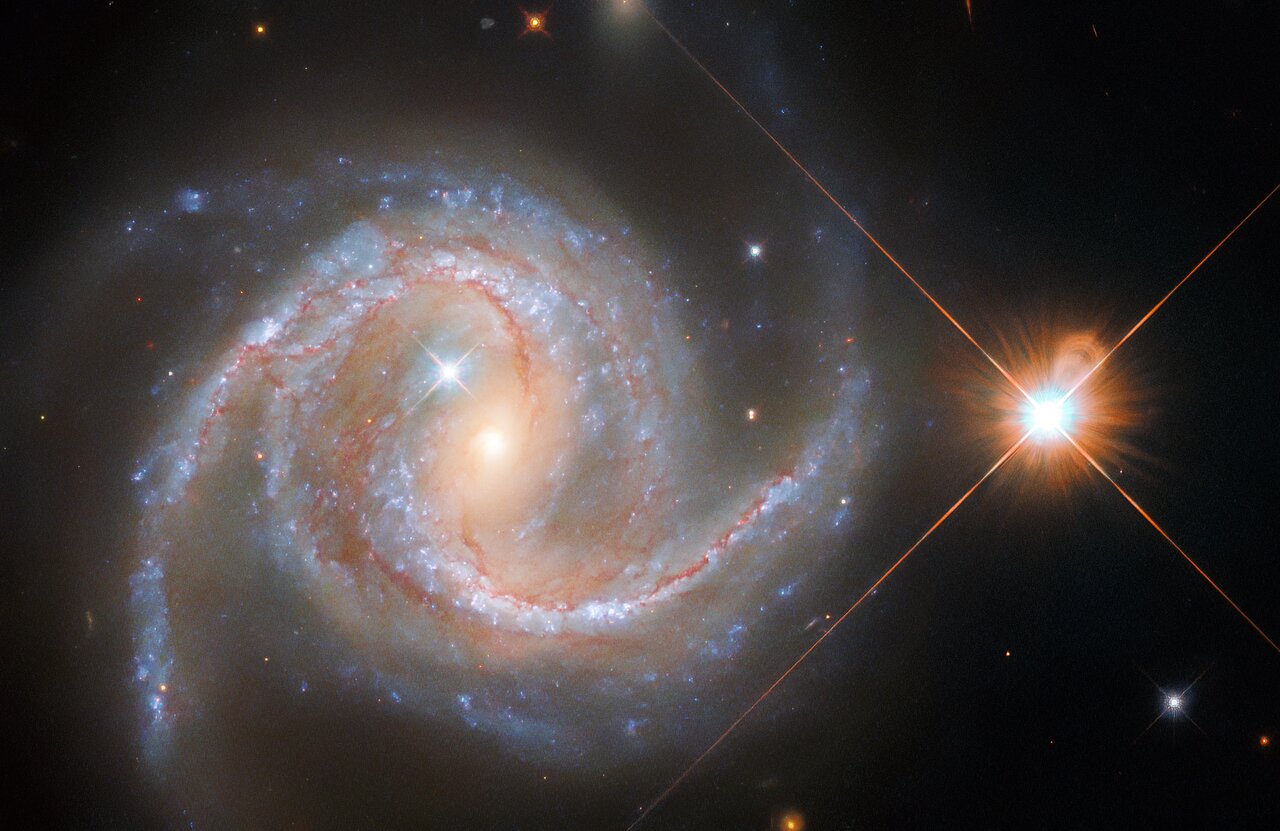When you think of galaxies, you probably imagine bright and flowing images similar to the colorful ones we’ve seen in recent months from NASA and the ESA’s James Webb space telescope. But, not all galaxies are created equal, it seems, as astronomers have discovered what they believe is a “dark galaxy,” a galaxy that doesn’t give off visible light.
In most cases, galaxies share the same basic ingredients. They’re usually made up of tons of gas and stars, with dark matter surrounding them all and a black hole spinning in the center. Because most have stars, you can usually see the light those stars give off, like in the image above. However, in dark galaxies, that isn’t the case.

And that’s exactly what FAST J0139+4328, a small dwarf galaxy located just 94 million light-years away is doing right now. The possible dark galaxy was discovered by a group of astronomers led by Jin-Long Xu of the Chinese Academy of Sciences in Beijing. Their findings have been accepted into The Astrophysical Journal Letters and are already available on the prepublish server arXiv.
While the discovery of a possible dark galaxy is exciting, it’s important to understand that galaxies go through different stages of development. Most galaxies shine bright with visible light because they have tons of stars within them. These stars are formed within a rotating disk of gas that rests within the galaxy.
FAST J1039-4328 has such a disk, but it’s dominated by dark matter at the moment. As such, it’s possible that this dwarf galaxy could be in the earliest stages of galaxy formation, and that no stars have yet formed within the disk of gas that is found within.
If that’s the case, then eventually, the number of stars and the amount of dark matter within this dark galaxy will even out, and it’ll look more like the other galaxies astronomers have imaged in the past.








